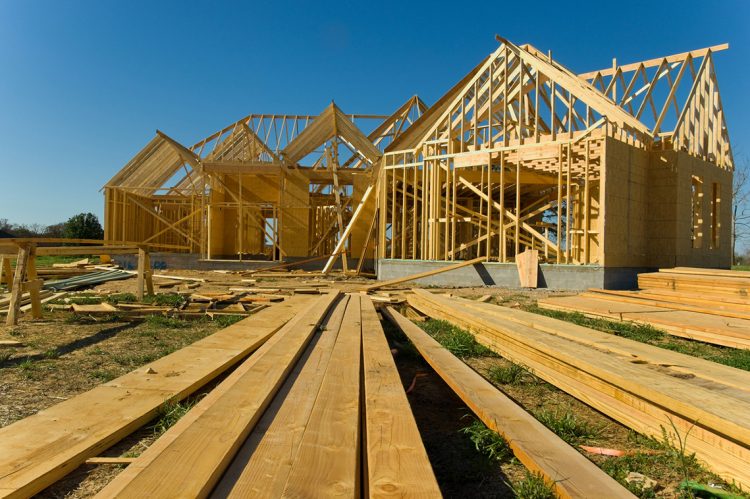Finished construction experienced an increase in November; housing starts’ continued decrease seemed to slow, while new permits followed its past trend of larger drops, according to the latest data from the U.S. Census Bureau.
Privately owned housing completions were reported at 1,490,000 for November, an increase of 10.8% from last month’s rate of 1,345,000 and 6.0% above last year’s rate of 1,406,000. Single‐family housing completions were reported at 1,047,000, 9.5% above last month’s rate of 956,000. The rate for units in buildings with five units or more was 430,000.
Dr. Lisa Sturtevant, chief economist for BrightMLS, commented that “Construction of multi-unit buildings, particularly apartment buildings, has been much stronger than the single-family sector. In November, starts of units in buildings with five or more units were up 24.5% compared to last year and rose 4.8% from October, and accounted for more than 40% of all starts in November, the highest share on record. The delivery of new apartments will bring some relief to the rental market where rents rose quickly during the pandemic, but have finally started to ease.”
Housing starts, which have been continuously declining over the past months, only saw a 0.5% decrease from October this month. The November reported rate was 1,427,000, only slightly below last month’s rate of 1,434,000, but still much lower (16.4%) than last year’s rate of 1,706,000.
Single‐family housing starts had a larger drop, but still not huge. Their reported November rate was at 828,000, 4.1% below last month’s rate of 863,000. The rate for units in buildings with five units or more was 584,000.
Monthly declines for housing starts among U.S. regions were also not as drastic as previously reported, with one region even seeing a slight increase. The Northeast saw a 1.8% increase from October, while the Midwest was at -6.2%, the South at -12.2% and the West at ‐16.4%. All regions were still well down from last year’s numbers.
“Single-family home builders are holding back now, but there are signs that they may be preparing for a rebound in housing demand in 2023,” said Sturtevant. “Builders are offering incentives and price cuts for quick move-ins to work through excess inventory, But they are not finding many home buyers ready to act now. Home shoppers are largely sitting on the sidelines – in part due to the typical holiday slow-down, but buyers are also waiting to see if mortgage rates are going to fall further.”
Jerry Konter, Chairman of the National Association of Home Builders (NAHB), commented that “It’s no surprise that single-family starts are running at their lowest level since May 2020, given that builder sentiment has dropped for 12 consecutive months as builders remain fixated on rising building material costs and supply chain bottlenecks, with electrical transformers in particular being in short supply.”
Building permits continued their regular decrease from previous months, dropping 11.2% from last month’s 1,512,000 to 1,342,000 in November. This was also down largely from last year’s (22.4%) rate of 1,729,000. Single‐family authorizations were at a rate of 781,000, 7.1% below last month’s rate of 841,000. Authorizations of units in buildings with five units or more were at a rate of 509,000.
“Both interest rates and construction costs have started to move down, which is a good sign for the housing sector. These lower costs should spur more new housing construction in 2023. However, builders are still going to be cautious. There is still more than eight months of supply of new homes, which is much higher than we would see in a balanced housing market. The new home market also will increasingly be competing with existing homes where inventory has risen in recent months,” concluded Sturtevant.
For the full report, click here.












